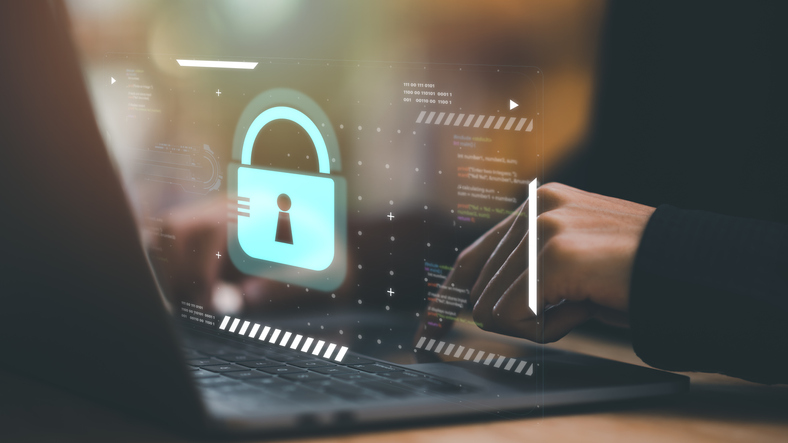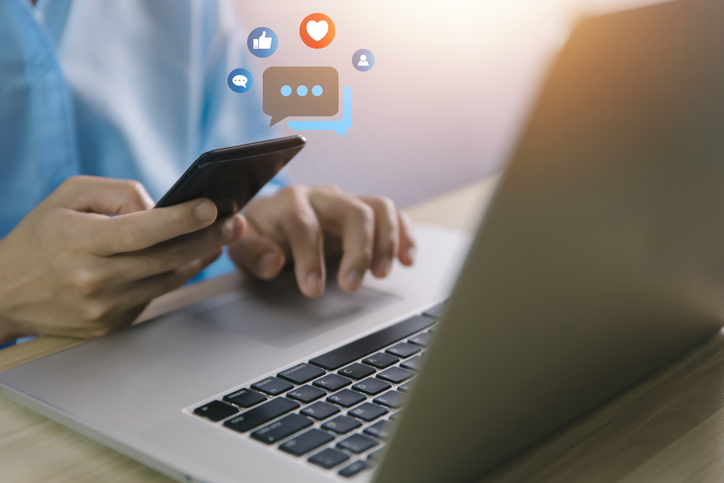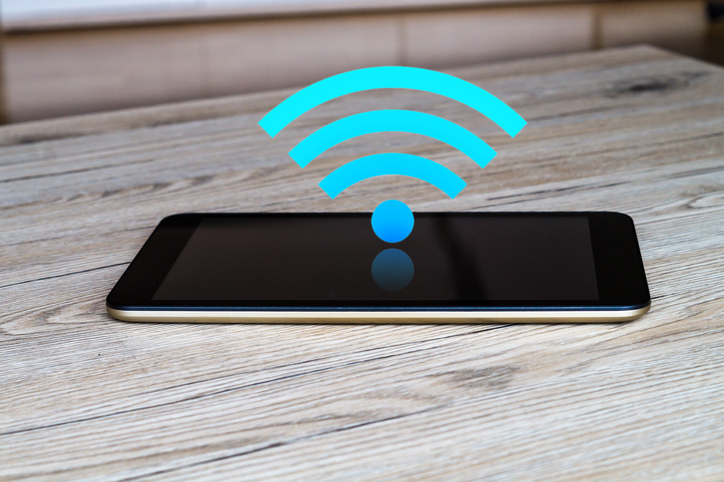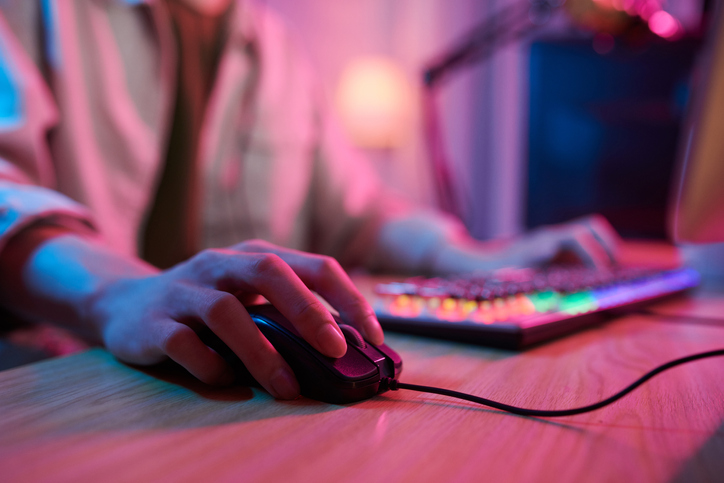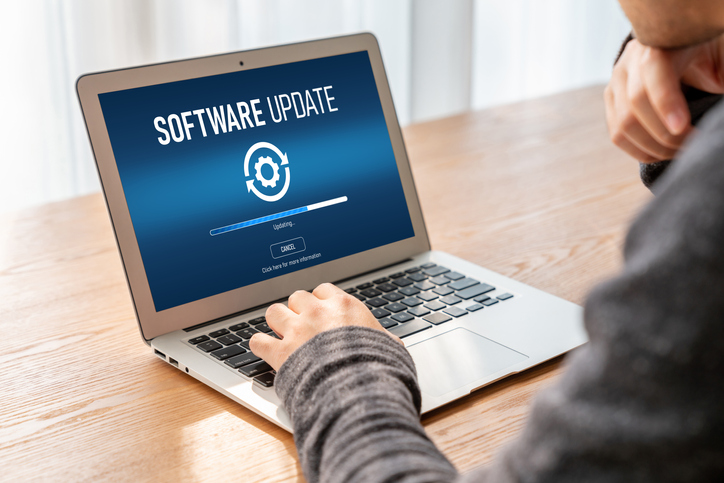Most people like to think they’re pretty tech-savvy. However, Cobalt Labs, Inc., a platform for security and development, reported that 2,220 cyberattacks occur each day, which equates to 800,000 attacks per year. According to AAG, an IT services company, nearly 1 billion emails were exposed in a single year, affecting 1 in 5 internet users.
In January, there was a data breach that exposed billions of records online. Many outlets referred to this breach as the “Mother of All Breaches.” In a detailed report from CyberNews.com, the leak included websites like Dropbox, Linkedin, and X (formerly known as Twitter). They mentioned in their report that if users use the same passwords for their Netflix account as they do for their Gmail account, attackers can use this to pivot towards other, more sensitive accounts. They added, “Apart from that, users whose data has been included in supermassive MOAB may become victims of spear-phishing attacks or receive high levels of spam emails.”
Red Flags of Hacking
There are many ways to tell if you have been hacked, from redirected internet searches and unexpected installs to rogue mouse pointers. Some studies show that random pop-ups that quickly appear with links or advertisements can be a sign. Sometimes, one may see fraudulent antivirus warning messages, saying that your computer has been hacked from an antivirus “software” you have never actually installed. This can also be unwanted browser toolbars, emails sent from your email to your contacts, and passwords being declined among other telltale signs.
Avoid Getting Hacked
For many years, people have been told over and over again about the risk of hackers tapping into your technology. Even as technology advances and more and more security software and management techniques are created to prevent these hacks, scammers continue to find ways to break in.
There’s only one sure way to avoid getting hacked. And that’s to never go online. Unfortunately, many of us don’t have that option. So, check out some of the top mistakes that can get you hacked below.


